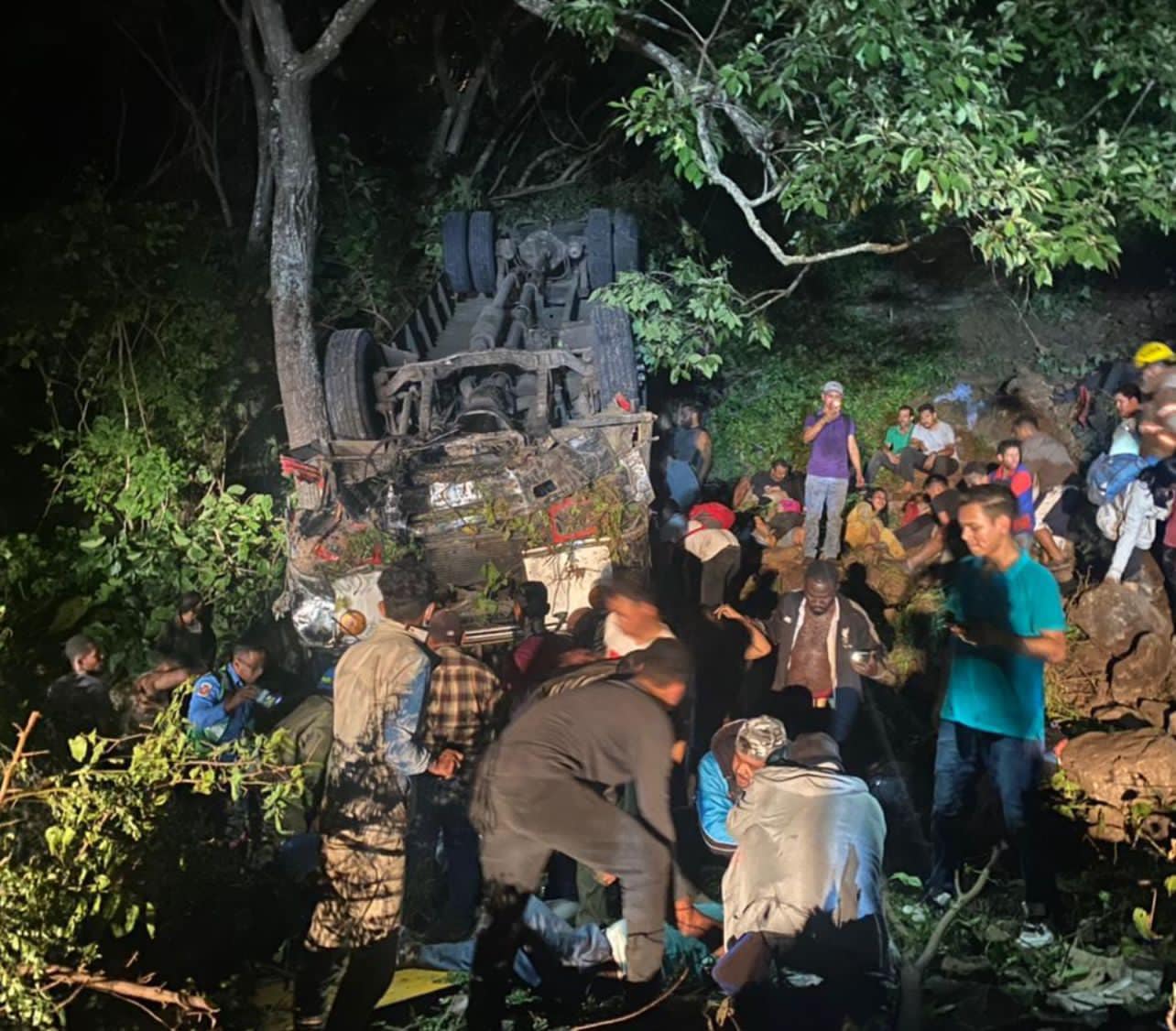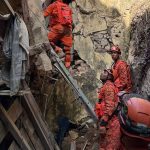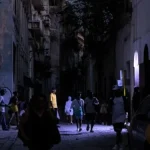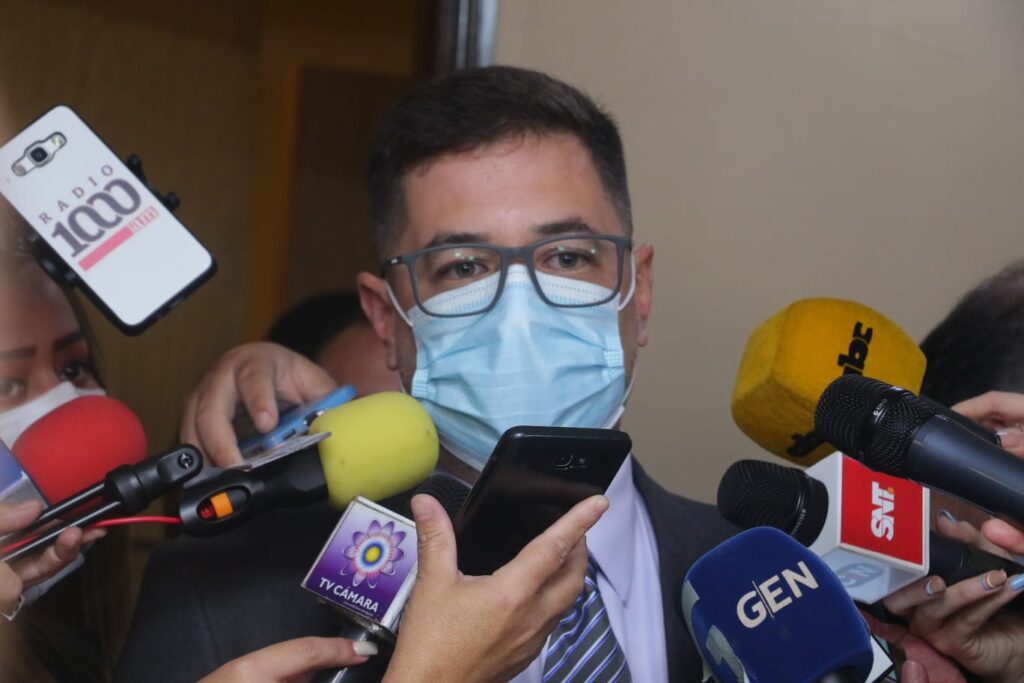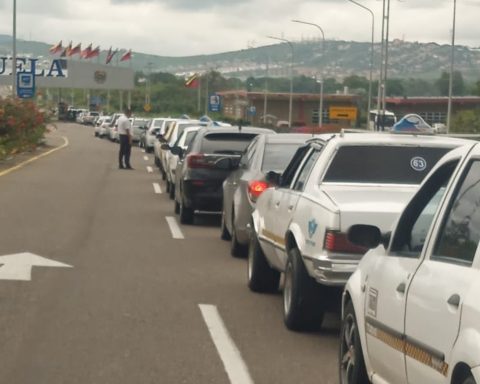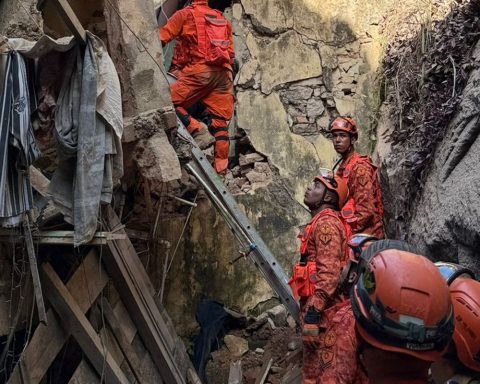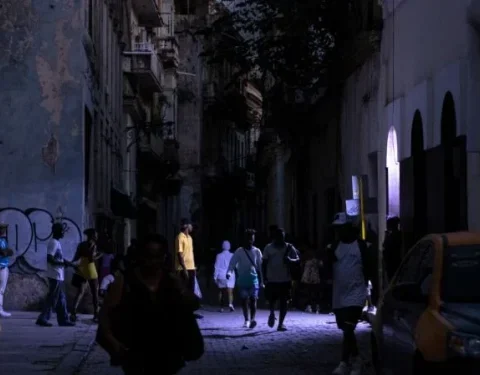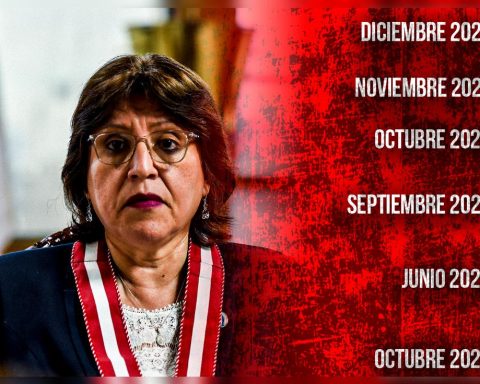Two of the most dramatic faces of the tragedy that occurred on Wednesday, July 27, on the La Cucamonga hill in Estelí, are that of the Venezuelan couple Jordan Castellano, 29, and his wife Cinthia Rojas, 26. They were traveling with their two-year-old girl, the only one who survived.
Her relatives have started a collection to repatriate their bodies and take the girl who is in a care center in Estelí. The drama that these families live has no metric.
Related news: They organize a collection for the victims of the “La Cucamonga” accident
“What is happening to us is horrible, hard,” says Jean Carlos Espina Gutiérrez, a survivor from that South American country who lived through the horror of the fatal accident, considered the worst in the country in the last ten years.
The man who says he is used to a difficult life since his departure from Venezuela to Colombia to flee the economic and political crisis of the Nicolás Maduro regime, cannot contain himself and cries as he remembers the minutes that followed the volcano of the unit where they were traveling also Colombians, Jamaicans and Panamanians to the border with Honduras to continue en route to the United States.
Espina Gutiérrez told media such as ABC Stereo de Estelí that the tragedy began at around 6:30 that Wednesday night. With all that he lived through in a few hours, she believes that if he lives now, “it’s a pure miracle.”
Screams of horror on the way to the precipice
Those who know La Cucamonga know that it is one of the most dangerous slopes that Nicaragua has. In 2014, it was the scene of at least 10 percent of the accident deaths that occurred that year across the country. And according to the Traffic Police, the route is the one that has caused more mourning than any other point of high road danger in national territory.
La Cucamonga is a steep slope with sharp curves. On one side it has imposing hills, while on the other end, abysses, where the vehicles that have had an accident have ended up, like the bus involved in this most recent tragedy. It starts at kilometer 167 of the Pan-American Highway and ends at 171. Four deadly kilometers.
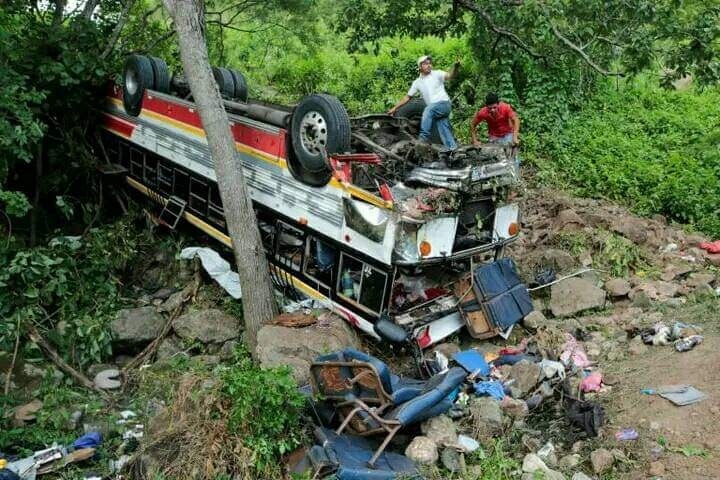
Espina Gutiérrez says that it will be impossible for her to forget the screams of horror from the bus passengers. “The bus began to spin, fell into the abyss and was stopped by a tree, otherwise we continued spinning,” said the Venezuelan.
The surviving foreigner was taken to the San Juan de Dios hospital in Estelí with blows to his body but no life-threatening injuries. He said that when he told his mother and his wife what had happened, they all cried. “It’s hard,” he says.
driver maneuvered
Alex Sánchez, a 37-year-old Panamanian, was traveling with his wife and sister. All three survived, but he said at the crash site that it was “terrible.” “I saw the bus driver maneuvering in a suffocated way,” he assured.
Related news: Fifteen Venezuelan migrants among the victims of the accident on the “Cucamonga” slope in Estelí
“It seems that he had problems with the brakes, I don’t know, suddenly he saw vehicles ahead, he tried to avoid them, but he couldn’t, he kept driving them, he opened this way and came sideways, we went into the abyss,” he said.
Víctor Méndez, an Estelian who came to support the rescue efforts, said that they ended after two in the morning on Thursday, July 28, and that hours later, around ten that same day, the owners of the unit managed to extract it. , after the reconstruction of the accident by police experts.
